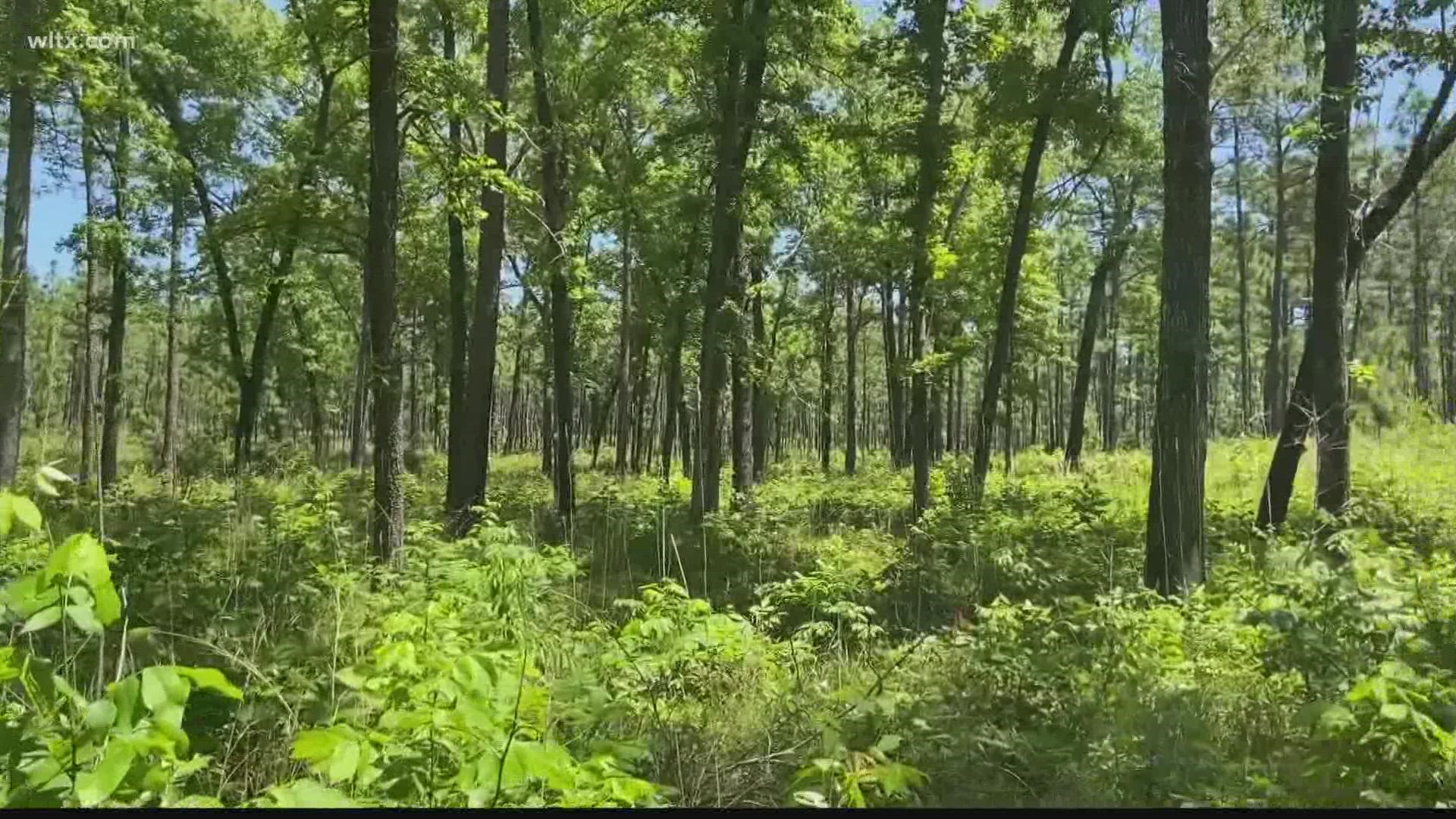COLUMBIA, S.C. — Fort Jackson is a well-known U.S. Army training post, but it's also a place full of plants, animals, and reptiles. Recently, a new species has been uncovered at the training post—the Chamberlain Dwarf Salamander.
Michelle Wilcox, wildlife biologist for Fort Jackson, explained what it looks like and what this means.
"This one has a yellow belly, whereas the other dwarf salamander does not, lives in a slightly different environment, might be a slightly different size," Wilcox said. "This species is only recently split from another type of dwarf salamander, and we're not sure how many there are. That's because they are hard to find, they live underneath thick moss.
The lot of 52,000 acres is also home to one plant that has been placed on the endangered species list, a smooth coneflower. Wilcox said they are working to keep it alive.
"It's found only in North Carolina and South Carolina. We're not sure why it's endangered. It's probably habitat loss over time, but what it requires is a prescribed fire every two to three years to help knock down the competing vegetation."
There is also an endangered bird, the red-cockaded woodpecker, which they are working to save.
Fort Jackson says they are working hard to keep these different endangered species alive due to their impact on our ecosystem right here at home.
"Additionally, we're helping clean air and clean water," Wilcox said. "This is a whole segment of Richland County that we're trying to have fresh air and fresh water."

